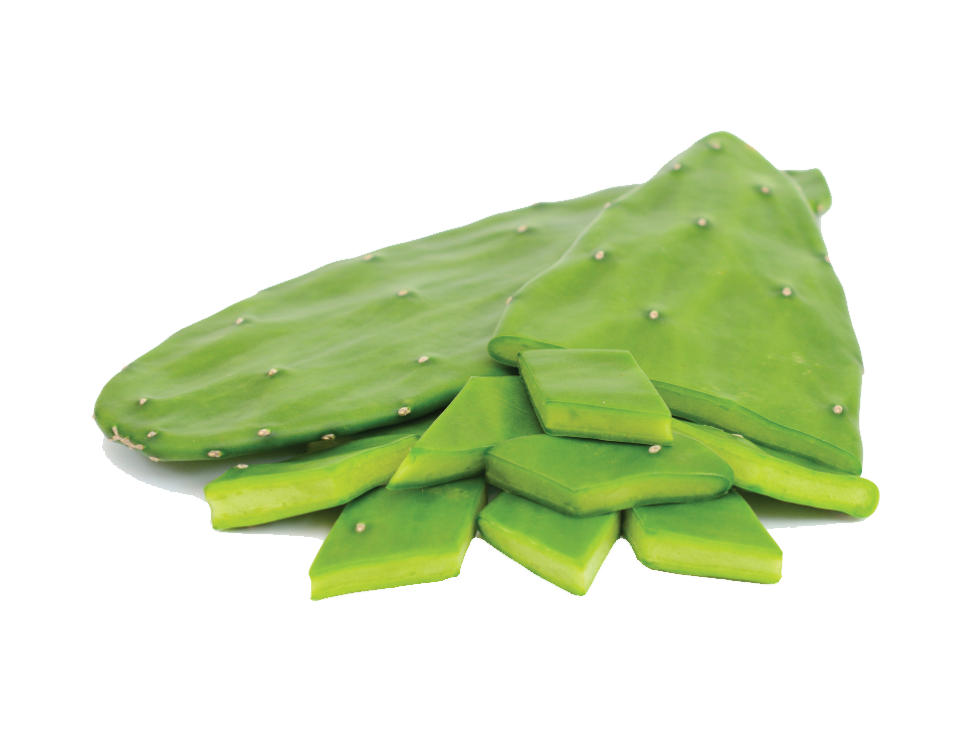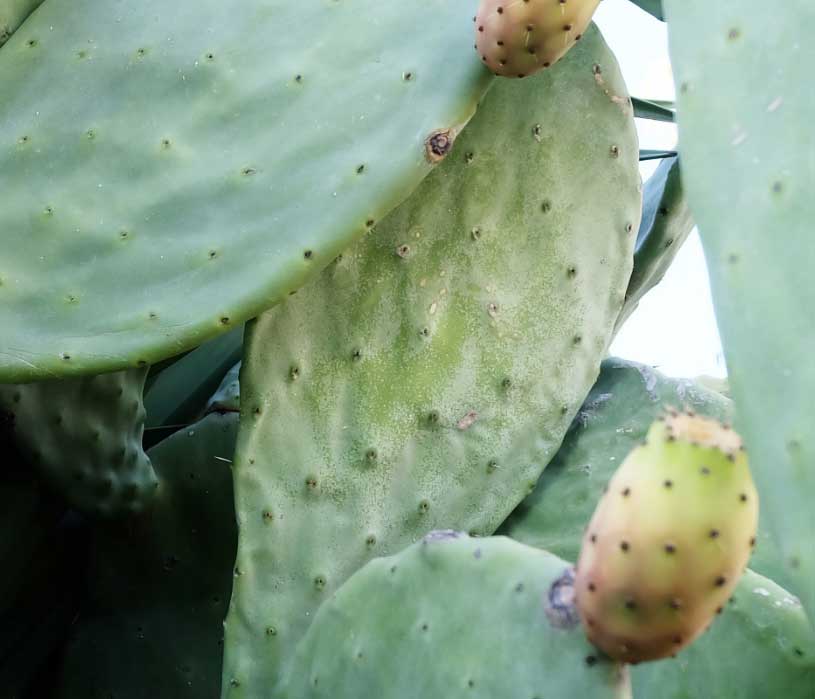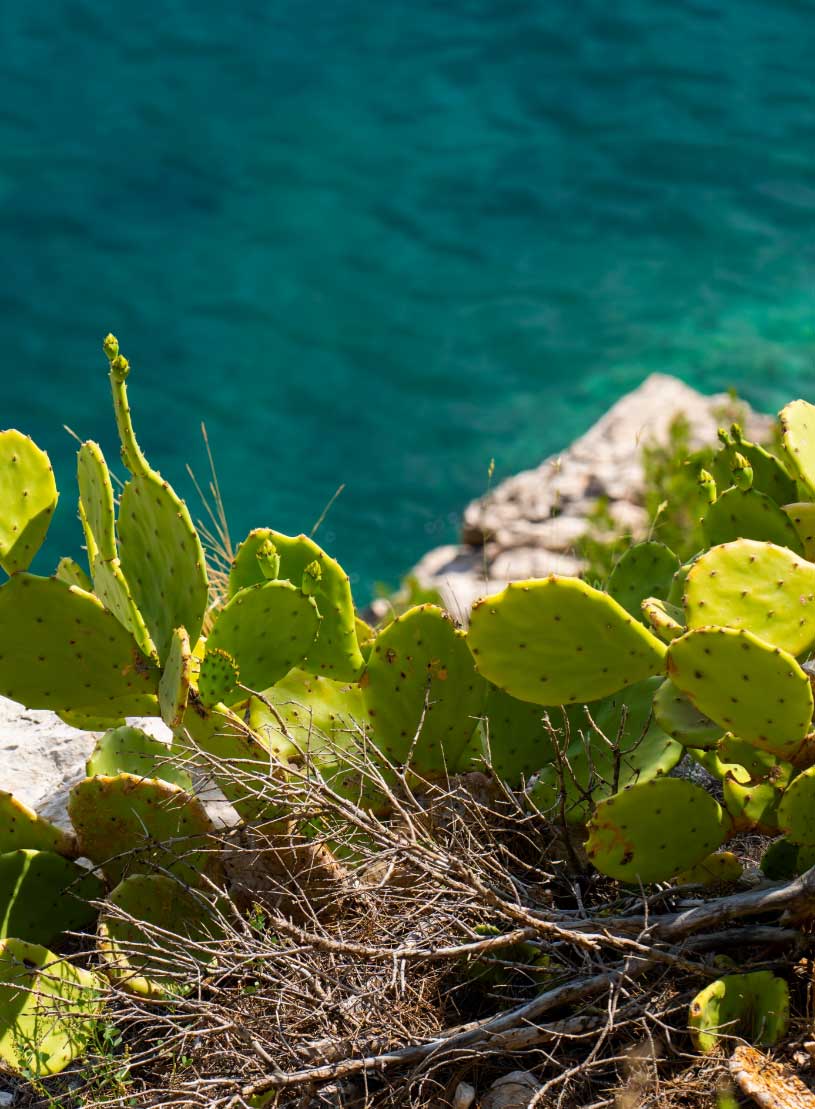
THE NATURAL SUPPORT FOR GUT AND OVERALL HEALTH
Why choose odilia™
odilia™ is a powder extract obtained from Opuntia cladode juice in polysaccharides.
Thanks to its composition, odilia™ acts as a prebiotic agent, supporting a healthy gut microbial population while may be acting indirectly on overall health such as immune and mucosal support and gut-brain axis.
SUGGESTED DOSAGE 300 MG/DAY

health benefits
The opuntia cladodes
Characteristics, plant life cycle and seasonality
Opuntia ficus-indica (L.) Mill., belonging to the Cactaceae family, is a perennial succulent plant with an average height of 1-2 meters, which can also reach 4-5. Originally from Mexico, from which it takes its name due to the “Indian” presence of America, it thrives today in the warmer regions of Italy, such as Sicily, Sardinia, and Calabria. In fact, it adapts better to dry and arid climates and soils and its cultivation does not need any particular attention. It has swollen, fleshy, and flat leaves, called cladodes but commonly known as “pale” in Italy, with variable dimensions, up to 50 cm in width and length.


About the opuntia cladodes
Uses, traditions and folk medicine
Prickly pear is one of the symbols of the distinctive Sicilian landscape. The origins of this particular species of cactus can be traced back to the second half of the sixteenth century when the Spanish explorers imported it from Central-South America to Europe. But probably, its introduction in Sicily took place many years before, around 827, thanks to Saracens or later by Arabs, after their expulsion from the Iberian Peninsula. Indeed, thanks to the political and commercial connections between Spain and the Mediterranean areas at that time, the first regions where this new species arrived were Africa and Sicily, territories in which the plant found its ideal habitat.
The prickly pear cladodes are a characteristic element of this succulent plant, scientifically known as Opuntia. They have always been considered a natural remedy thanks to the multiple health benefits provided by the high content of water, fibers, and mineral salts. Indeed, cladodes were already used by the indigenous in Mexico as decongestants and anti-inflammatories. Many years after, Sicilian people understood their healing properties: raw, whole, baked, or in pulp, cladodes were the right solution to treat bruises, inflammations, and even malaria fever. Nowadays, prickly pear cladodes are not only used as fodder for livestock but also included in different culinary recipes, fried or raw.
